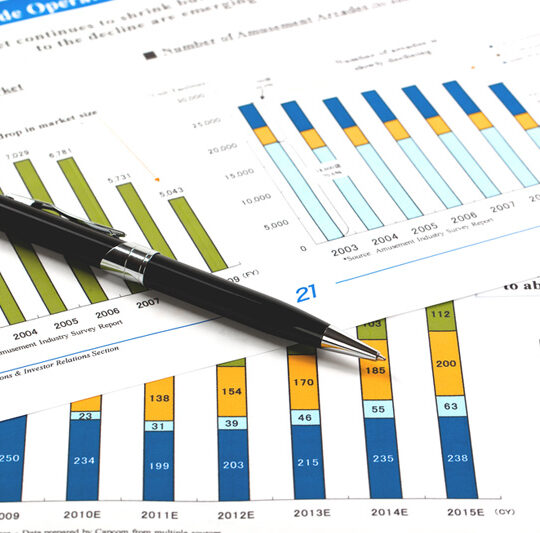
U.S. equity futures traded lower Monday, while the dollar slipped against its global peers and Treasury yields held steady, as investors moved gingerly into the start of a challenging week for global markets.
Three major interest rate decisions, a slew of U.S. corporate earnings and a key reading of the domestic job market will provide early tests to the market’s year-to-date resilience this week, with investors likely focused on Wednesday’s Federal Reserve policy meeting and a trio of earnings from the country’s biggest tech companies.
add a comment













